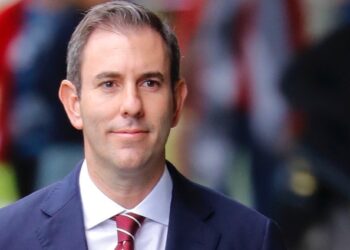Superannuation, an annuity, or private pension was the main retirement income source for around 27 per cent of Australians in 2022–23, according to the latest figures from the Australian Bureau of Statistics (ABS).
This trailed behind the government pension or allowance, which catered to 43 per cent of retirees.
Retirement income has been a major focus for the government, regulators, and funds in the last few years, with the Retirement Income Covenant (RIC) taking effect from 1 July 2022 and requiring funds to formulate a retirement income strategy for their members.
Last year, Treasury also kicked off a consultation on the retirement phase of superannuation to ensure super delivers on its foundational promise of providing a dignified retirement for more Australians.
The number of retirees with a super account is expected to more than double over the next 10 years with 2.5 million Australians set to retire, but according to Treasury, they lack access to appropriate products to maximise their savings.
Some 84 per cent of retirement savings are held in account-based or allocated pensions, highlighting an opportunity for funds to create more products and services tailored to their customers’ needs. Treasury also revealed that longevity products are scarce, indicating further prospects for funds to do more.
Interestingly, the ABS found just 12 per cent said they had no personal income at retirement in 2022, down from 25 per cent in 2012–2013.
“In particular, the percentage of women reporting no personal income has dropped considerably, down from 37 per cent to 18 per cent,” said Bjorn Jarvis, ABS head of labour statistics.
With this, it found the number of women relying on their partner’s income at retirement was also on the decline.
“The number of women who relied on their partner’s income as their main source of funds for meeting living costs at retirement has fallen by more than 10 percentage points over the decade, dropping from 44 per cent in 2012–13 to 31 per cent in 2022–23,” Jarvis said.
Overall, Australians are still intending to retire, on average, between their 65th and 66th birthdays.
The average age people intend to retire is 65.4 years, down slightly from 65.5 years in 2020–21.
There were 4.2 million retirees in 2022, up from 4.1 million the year before, with 54 per cent of retirees comprising women.
“While the average age that people intend to retire has risen over time, it hasn’t changed much in the last 10 years. This average has been between 65.0 years and 65.6 years for close to a decade, since 2014–15,” Jarvis said.
“On average, men intend to retire slightly later than women, but this gap is closing. In 2022–23, there was around half a year difference between men and women, compared to a year difference a decade ago, and a two-year difference around 10 years before that.”
The ABS also found financial security to be among the top factors influencing older workers’ decision to retire at 36 per cent, followed by personal health or physical abilities (22 per cent).
Around one in eight retirees (14 per cent) said reaching the eligibility age for an age (or service) pension was one of the main factors.




